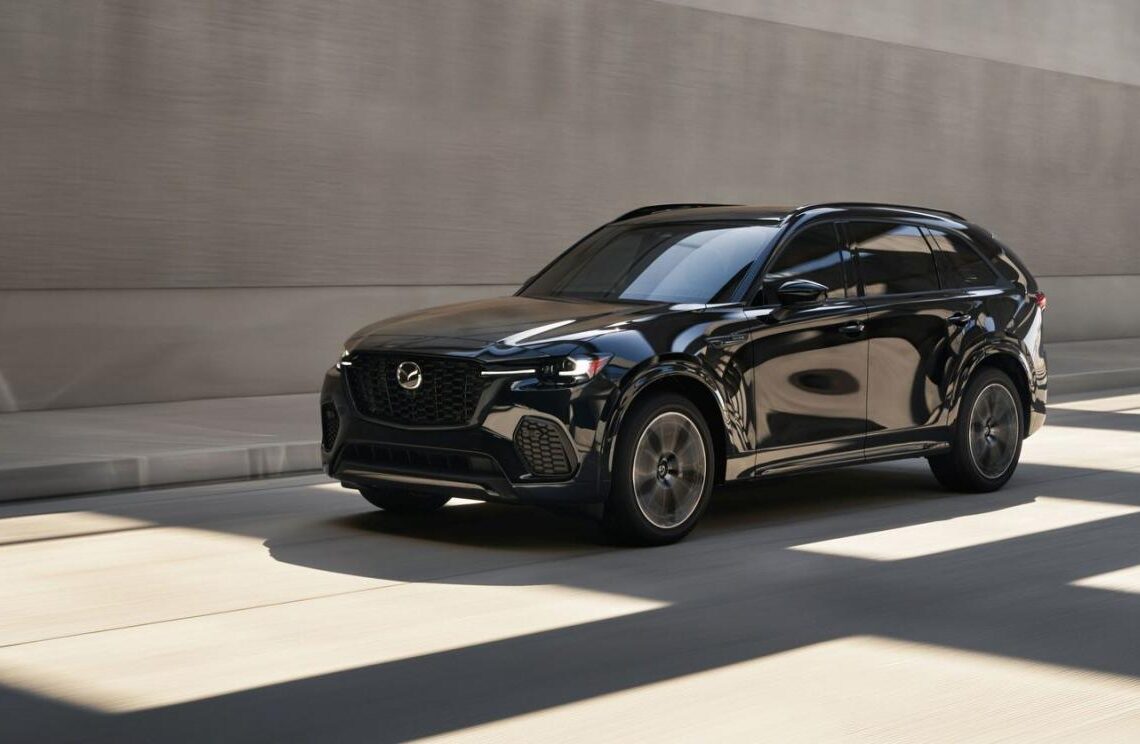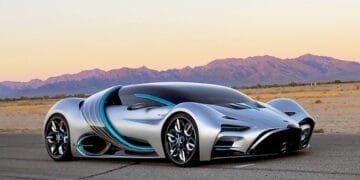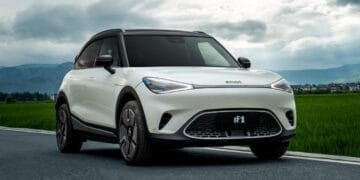In the hallowed halls of automotive performance, a seismic shift is underway. For decades, the symphony of a roaring V8 or the high-pitched shriek of a turbocharged inline-six has been the very definition of speed and power. Today, a new, almost silent force is taking over: electrification. Performance cars, once the exclusive domain of large, gasoline-guzzling engines, are now embracing electric and hybrid powertrains with unprecedented enthusiasm. This monumental transition is not merely a trend; it is a fundamental re-imagining of what constitutes a high-performance vehicle. This extensive article will explore the profound impact of electrification on the performance car segment, examining the technological innovations, the undeniable benefits, and the future trajectory of this exciting new chapter in automotive history.
The journey of the performance car has always been about pushing the boundaries of engineering. From the early days of carbureted engines to the modern era of forced induction and advanced fuel injection, the pursuit of more power and speed has been relentless. However, this pursuit has often come at a significant environmental cost. Rising concerns about climate change, coupled with increasingly stringent global emissions regulations, have made the traditional formula of “bigger engine equals more power” unsustainable. Enter electrification. What started as a niche technology for eco-conscious drivers has now proven itself to be a potent tool for performance engineers. Electric motors deliver instant, immense torque, providing a level of acceleration that even the most powerful internal combustion engines (ICE) struggle to match. This instant power delivery, combined with sophisticated battery management and power distribution systems, is unlocking new dimensions of speed, handling, and driver engagement.
The initial skepticism from purists who feared the loss of the visceral experience of a gasoline engine is rapidly fading. The incredible performance metrics of cars like the Porsche Taycan, Rimac Nevera, and the all-electric future of brands like Lotus and Lamborghini are undeniable. These vehicles are not just fast; they are setting new benchmarks for acceleration, lap times, and dynamic handling. The electrification of performance cars is proving that the future of speed is not only faster but also smarter, cleaner, and more efficient. It is a thrilling new era where innovative technology is creating a new kind of visceral experience, one defined by instantaneous response, relentless power, and a quieter, yet no less intense, connection between driver and machine.
The Technological Pillars of Electrified Performance
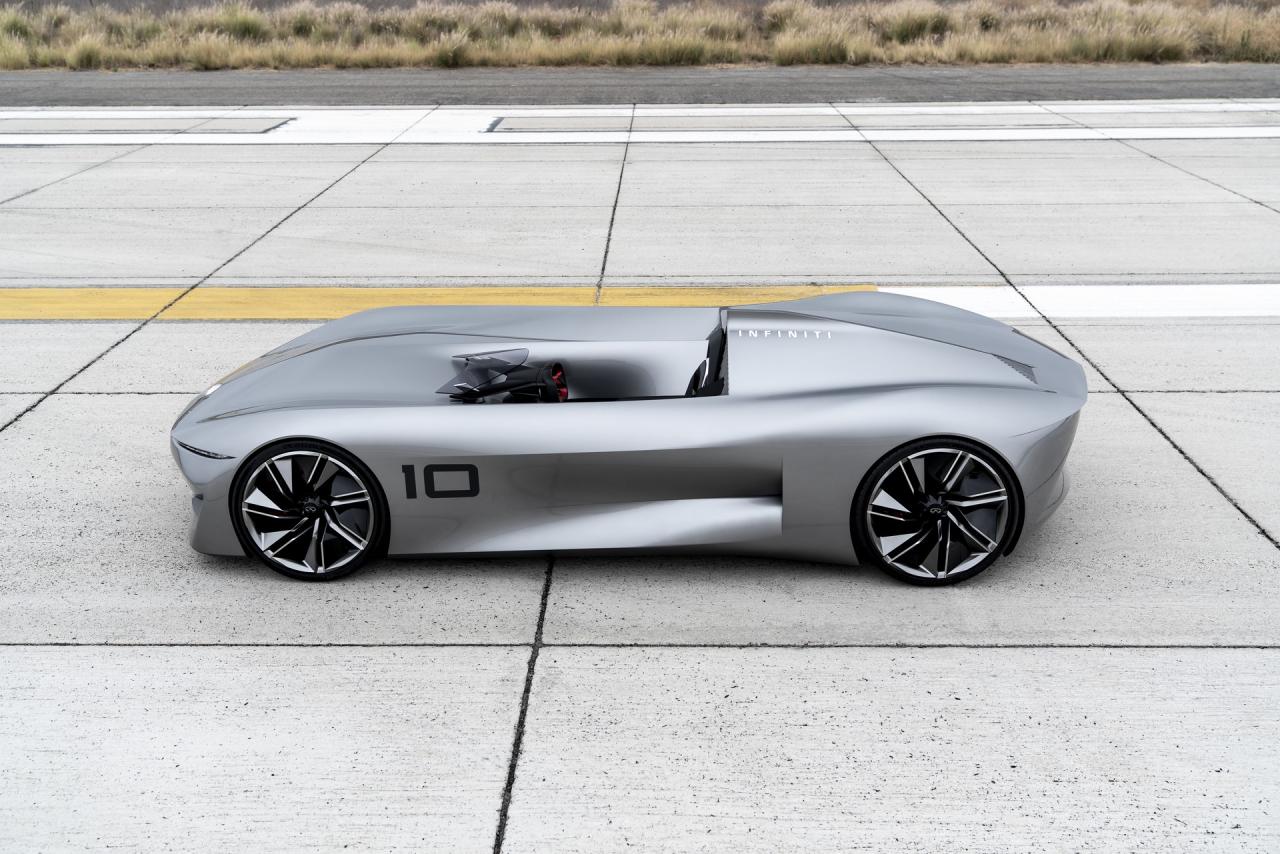
The success of electrified performance is built on a foundation of cutting-edge technology that leverages the unique properties of electric power.
A. Instant Torque and Blistering Acceleration
The most profound advantage of an electric motor is its ability to produce 100% of its torque from 0 RPM. Unlike an ICE, which needs to build up revs to reach its power band, an electric motor provides an immediate surge of power the moment the accelerator is pressed. This translates to breathtaking, neck-snapping acceleration that is simply unparalleled. High-performance electric cars can achieve 0-60 mph times in under two seconds, a figure that was once the exclusive domain of multi-million dollar hypercars. This instant torque is not just for straight-line speed; it also provides an incredible feeling of responsiveness and control, making corner exits and overtakes exhilarating and effortless.
B. Precision Drivetrain and Dynamic Torque Vectoring
Electrified performance cars often feature multiple electric motors, with one or more dedicated to each axle. This allows for an advanced form of all-wheel drive and torque vectoring. By precisely controlling the power sent to each wheel independently, these systems can actively push the car through a corner, enhancing grip, stability, and handling. This is a level of precision and control that is impossible to achieve with a traditional mechanical differential. The ability to instantly and accurately manage torque distribution allows the car to correct for oversteer or understeer in real-time, making for a more stable and confidence-inspiring driving experience, even at the limit.
C. The Strategic Placement of Batteries for Optimal Balance
The heavy battery pack in an electric vehicle is often seen as a disadvantage, but performance car engineers have turned this into a major asset. By placing the battery low down in the chassis, usually in a “skateboard” configuration, they create an incredibly low center of gravity. This significantly improves the car’s handling dynamics, reducing body roll and enhancing cornering stability. The centralized weight distribution, often an even 50/50 split between front and rear, further contributes to a perfectly balanced chassis. This strategic placement of weight transforms a potential negative into a powerful tool for improving the car’s on-road behavior.
D. Advanced Cooling Systems and Thermal Management
High-performance electric vehicles generate a tremendous amount of heat, both from the battery and the electric motors during hard driving or charging. To prevent power loss and battery degradation, advanced thermal management systems are crucial. These systems often involve liquid cooling loops that circulate through the battery pack and motors, ensuring they operate within their optimal temperature range. This allows the car to maintain peak performance for longer periods, whether on the track or during spirited driving on a winding road, a feat that was once a major challenge for early EVs.
The Hybrid Bridge Transition Technology
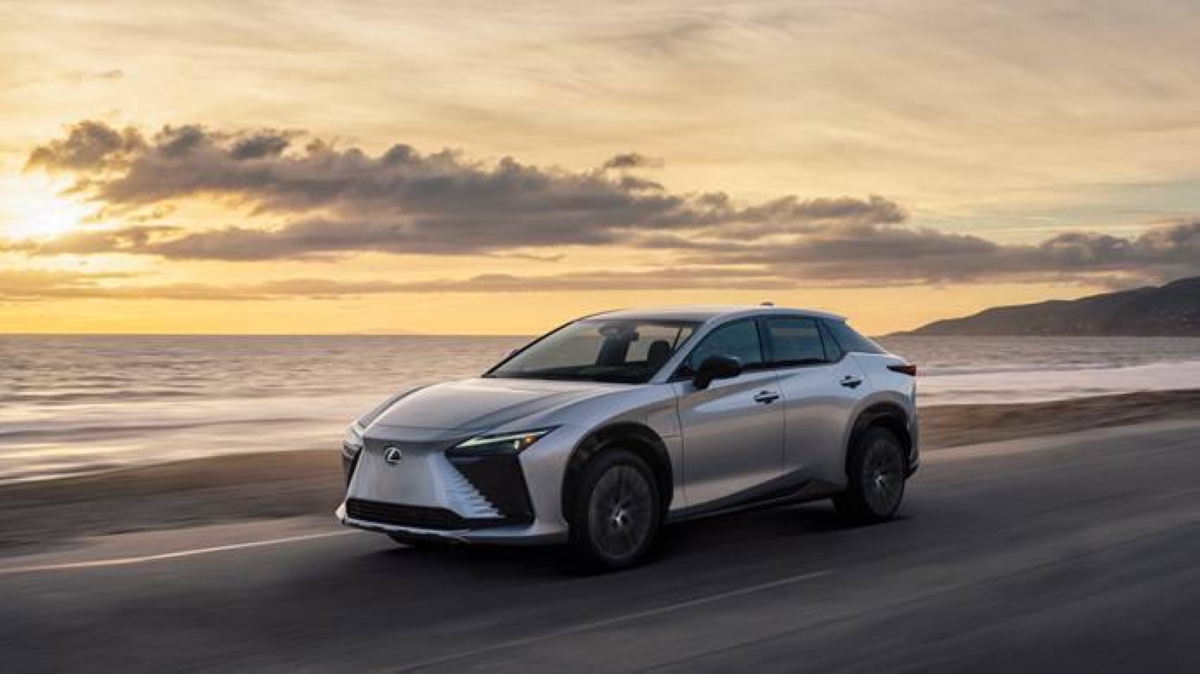
While full electrification is the ultimate goal for many brands, hybrid powertrains are playing a critical role as a powerful and effective bridge technology. They combine the best attributes of both worlds, providing the instant torque of an electric motor with the sustained power and range of a gasoline engine.
A. The Evolution of Hybrid Supercars
The first wave of hybrid hypercars, such as the Porsche 918 Spyder, McLaren P1, and Ferrari LaFerrari, proved that electric power could be a potent performance booster. They used electric motors to fill the “torque gap” of their gasoline engines, providing instant power before the turbochargers spooled up. This resulted in an explosive acceleration and a level of responsiveness that set new standards. Today, this technology has trickled down to a wider range of performance vehicles, from high-performance SUVs to hot hatchbacks.
B. Plug-in Hybrids (PHEV) for Everyday Performance
Performance-oriented PHEVs are becoming increasingly popular. They offer the ability to drive in a zero-emission, all-electric mode for daily commutes, with the gasoline engine providing a major power boost when needed. This allows for the best of both worlds: a highly efficient daily driver and a performance machine on weekends. Brands like Mercedes-AMG and BMW M are heavily investing in this technology, using electric motors to enhance the power and responsiveness of their traditional gasoline engines.
C. The Continued Importance of the Internal Combustion Engine’s Soul
For many enthusiasts, the sound and feel of a high-revving ICE are irreplaceable. Hybrid powertrains allow manufacturers to retain this emotional connection while simultaneously meeting modern performance and efficiency demands. The electric motor can be used to fill in the low-end torque, allowing engineers to design gasoline engines for a more high-revving, exhilarating top-end performance without the compromises typically associated with a lack of low-end power. It’s a harmonious blend of old-school soul and new-school technology.
The Future of Electrified Performance
Electrification is not just changing what’s under the hood; it’s also revolutionizing the entire car design and driving experience.
A. Redefining Vehicle Design and Aerodynamics
Without the constraints of a large gasoline engine, transmission tunnel, and exhaust system, designers have far more freedom. The “skateboard” platform allows for a lower, more aerodynamic profile. The lack of a front-mounted engine also allows for a shorter nose and a “frunk” (front trunk), creating new possibilities for storage and design. This newfound freedom is leading to the creation of stunningly futuristic and aerodynamically efficient vehicles that are both beautiful and incredibly fast.
B. The Integration of Software and AI
The performance of an electrified car is heavily controlled by software. This allows manufacturers to offer over-the-air updates that can improve performance, battery efficiency, and even add new features. AI-powered systems are being developed to learn a driver’s style and a specific race track, and then proactively manage the torque delivery and stability control to achieve the best possible lap time. This level of software integration is opening up a new frontier in automotive performance, where the car becomes an intelligent and adaptive partner.
C. The Rise of the Electric Supercar and Hypercar
The ultimate expression of electrified performance is the all-electric hypercar. These vehicles, with their immense power and sophisticated engineering, are setting new benchmarks for speed and technology. The Rimac Nevera and Lotus Evija are not just cars; they are technological showcases that demonstrate the boundless potential of electric power. With thousands of horsepower and ludicrously fast acceleration, they are proving that electrification is the future of ultimate performance.
Conclusion
In conclusion, the electrification of performance cars is far more than a passing phase; it is a transformative movement that is fundamentally redefining the very essence of what a high-performance vehicle is. The marriage of instant, colossal electric torque with advanced software and innovative chassis design is creating a new generation of cars that are not only faster and more powerful than their gasoline-powered predecessors but also smarter, more efficient, and more engaging to drive. The initial fears of losing the soul of the car have been replaced by the thrilling reality of a new kind of visceral experience—one defined by the silent, relentless pull of an electric motor and the unparalleled precision of intelligent torque vectoring.
Hybrid powertrains are playing a crucial role as a powerful and exciting bridge, allowing manufacturers to retain the emotional connection to a high-revving internal combustion engine while simultaneously harnessing the instant power of an electric motor. This blend of old-world charm and new-world technology is captivating a new generation of enthusiasts and ensuring the performance car segment remains vibrant and relevant in a rapidly changing world. The strategic placement of heavy battery packs for a low center of gravity and the freedom this technology offers designers are leading to groundbreaking aesthetic and aerodynamic innovations.
The future of the performance car is undeniably electric. The technology is advancing at a breathtaking pace, promising to deliver even more power, efficiency, and a level of software-driven intelligence that will make the cars of tomorrow feel alive. The transition from the thunderous roar of a V8 to the instantaneous, silent surge of an electric motor is a beautiful and thrilling journey. It is a testament to human ingenuity and a clear sign that the pursuit of speed and passion can coexist with a commitment to a cleaner, more sustainable future. The performance car is not dying; it is simply evolving into its most potent and sophisticated form yet, and the road ahead is brighter, faster, and more exciting than ever before.

